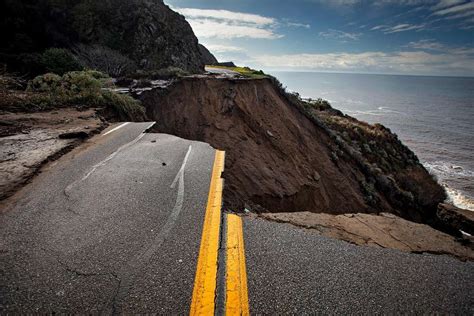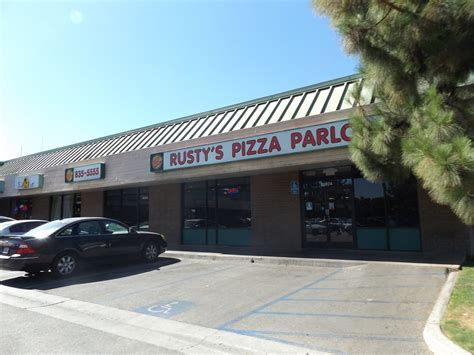The recent collapse of a portion of Highway 1 in Big Sur, California, has sent shockwaves through the community and raised concerns about the stability of the region’s infrastructure. The collapse, which occurred on a stretch of the highway known for its breathtaking views of the Pacific Ocean, has left many wondering how such a catastrophic event could have occurred.
To understand the context of the collapse, it’s essential to examine the geological history of the Big Sur region. The area is known for its rugged coastline, where the Santa Lucia Mountains meet the sea. This unique geography has created a landscape prone to erosion and landslides, which have shaped the coastline over millions of years. The highway, which was constructed in the early 20th century, was built to navigate this challenging terrain, often winding its way through narrow canyons and along steep cliffs.
The collapse of the highway has been attributed to a combination of factors, including heavy rainfall, erosion, and soil instability. The region experienced a period of intense rainfall in the days leading up to the collapse, which likely contributed to the saturation of the soil and the destabilization of the hillside. Additionally, the highway’s design and construction may have played a role in the collapse, as the road was built on a narrow ledge with limited support.
| Factor | Description |
|---|---|
| Heavy Rainfall | Intense precipitation in the days leading up to the collapse likely contributed to soil saturation and instability. |
| Erosion | The constant pounding of the Pacific Ocean against the coastline has eroded the soil and rock, creating a unstable environment. |
| Soil Instability | The region's soil is prone to landslides and instability due to its geological history and the presence of the San Andreas Fault. |

The impact of the collapse on the local community has been significant. The highway is a critical transportation artery for the region, providing access to businesses, residences, and tourist attractions. The closure of the highway has forced many residents and visitors to take lengthy detours, disrupting daily life and commerce. Additionally, the collapse has raised concerns about the safety and reliability of the region’s infrastructure, which could have long-term economic and social implications.
In the aftermath of the collapse, experts are working to assess the damage and develop a plan for repair and reconstruction. This will likely involve a combination of geological surveys, engineering assessments, and environmental impact studies. The reconstruction process will need to balance the need for a safe and reliable transportation route with the need to protect the region’s unique environment and cultural heritage.
The collapse of the highway in Big Sur is a wake-up call for all of us to take a closer look at our infrastructure and our relationship with the natural environment. We must work together to find solutions that balance our needs with the needs of the land and the community.
As the region moves forward, it will be essential to consider the long-term implications of the collapse and the need for sustainable and resilient infrastructure. This will require a collaborative effort between government agencies, local communities, and private sector entities to develop innovative solutions that prioritize safety, environmental protection, and economic viability.
Pros and Cons of Rebuilding the Highway
Pros
- Restoration of critical transportation artery
- Economic benefits for local businesses and residents
- Improved safety and reliability
Cons
- Environmental concerns and potential impacts on local ecosystems
- High costs and potential for cost overruns
- Potential for future collapses or infrastructure failures
The Big Sur highway collapse serves as a reminder of the complex and often fragile relationship between human infrastructure and the natural environment. As we move forward, it will be essential to prioritize resilience, sustainability, and environmental stewardship in our approach to infrastructure development and maintenance.
What caused the Big Sur highway collapse?
+The collapse was attributed to a combination of heavy rainfall, erosion, and soil instability, which were exacerbated by the region’s geological history and the presence of the San Andreas Fault.
How will the collapse impact the local community?
+The collapse will have significant impacts on the local community, including disruptions to daily life, commerce, and tourism. The closure of the highway will force residents and visitors to take lengthy detours, which could have long-term economic and social implications.
What steps are being taken to repair and reconstruct the highway?
+Experts are working to assess the damage and develop a plan for repair and reconstruction, which will likely involve a combination of geological surveys, engineering assessments, and environmental impact studies. The reconstruction process will prioritize safety, environmental protection, and economic viability.


